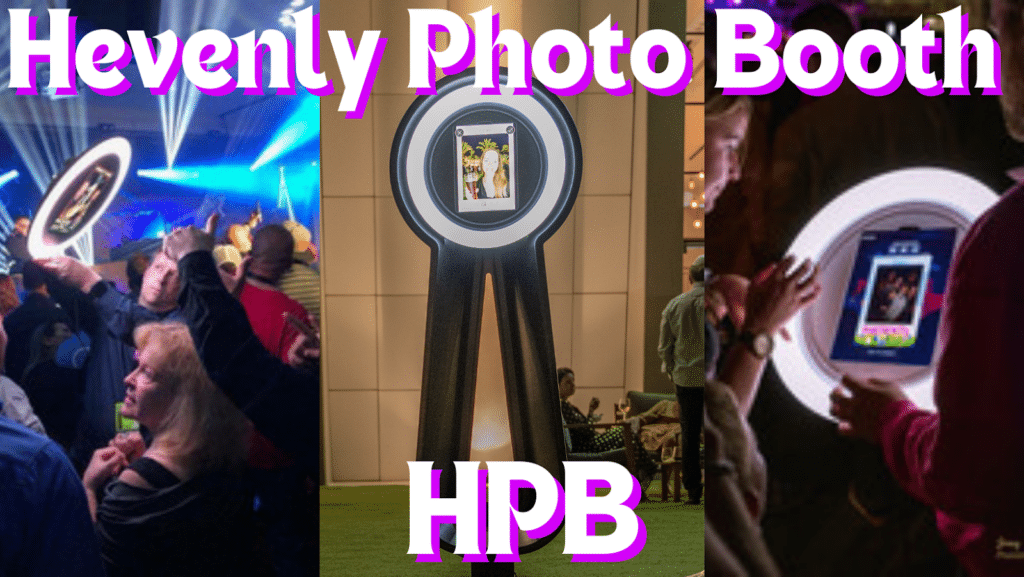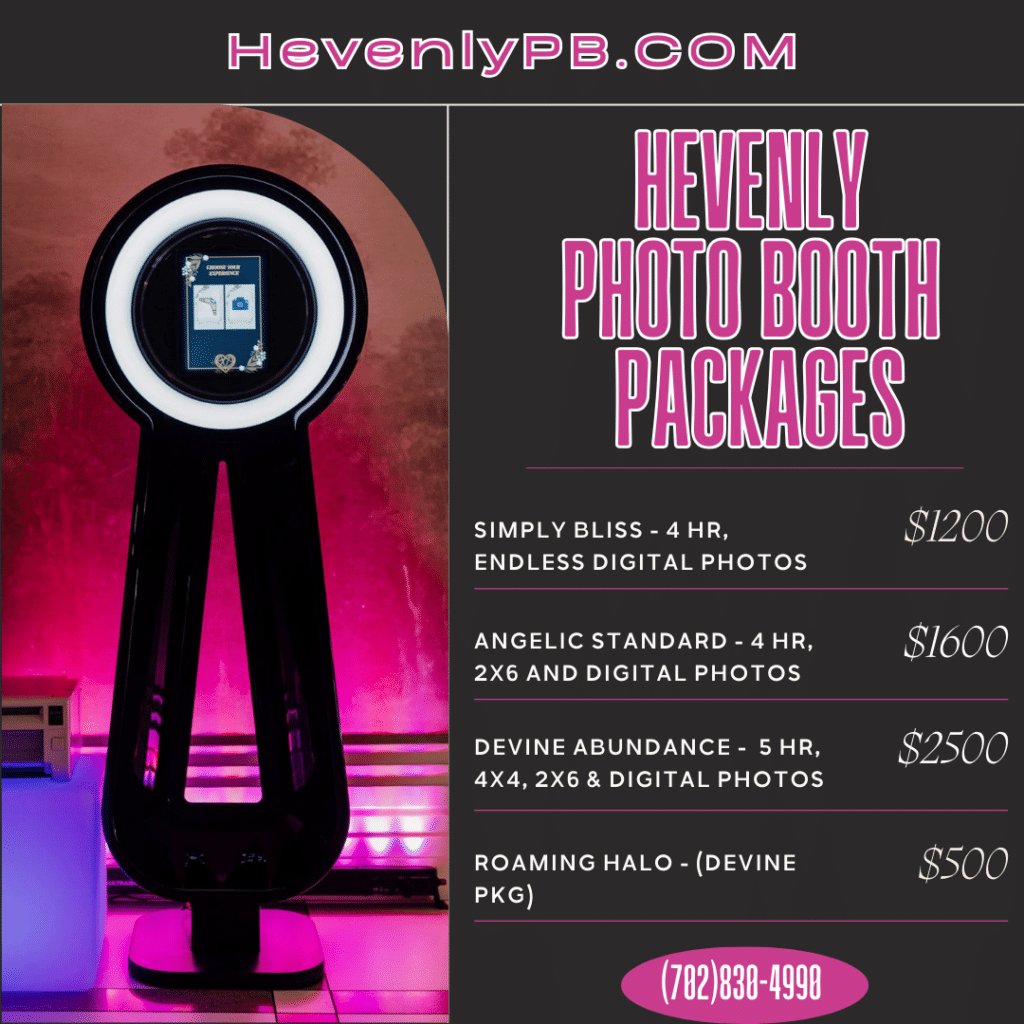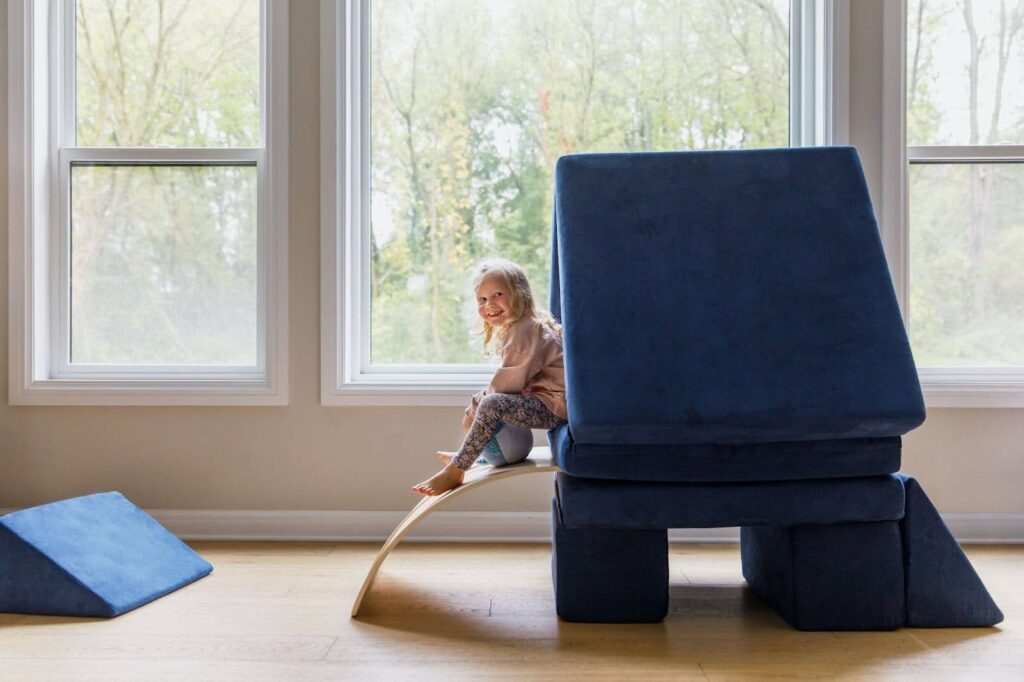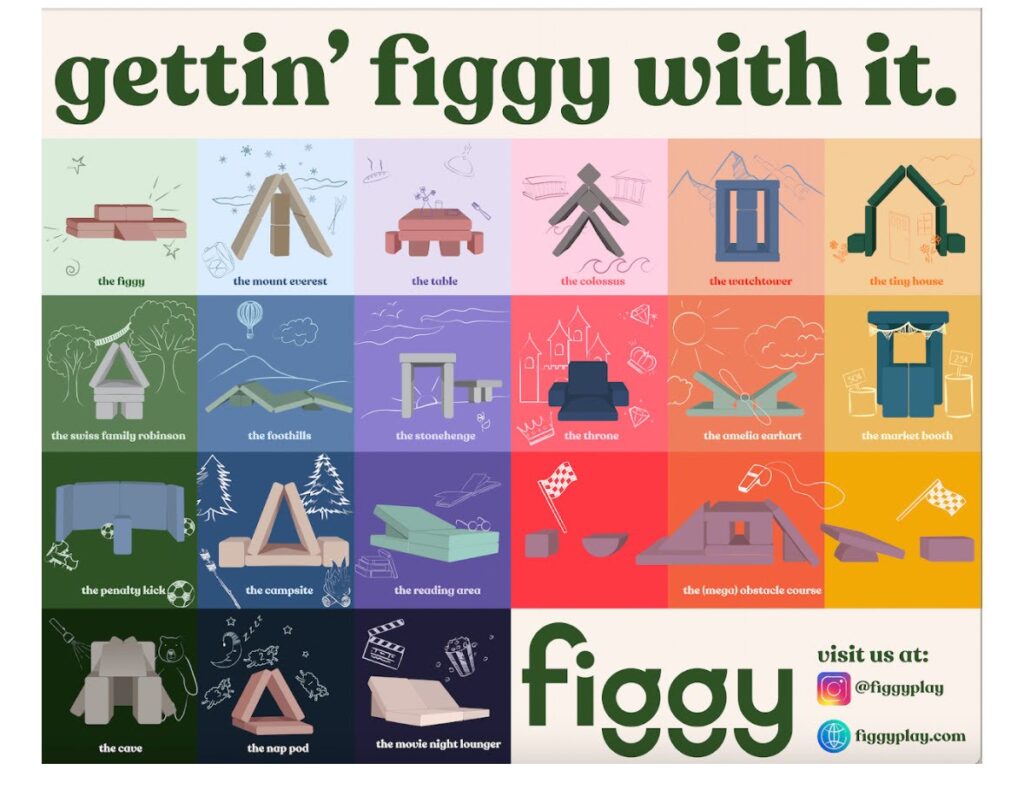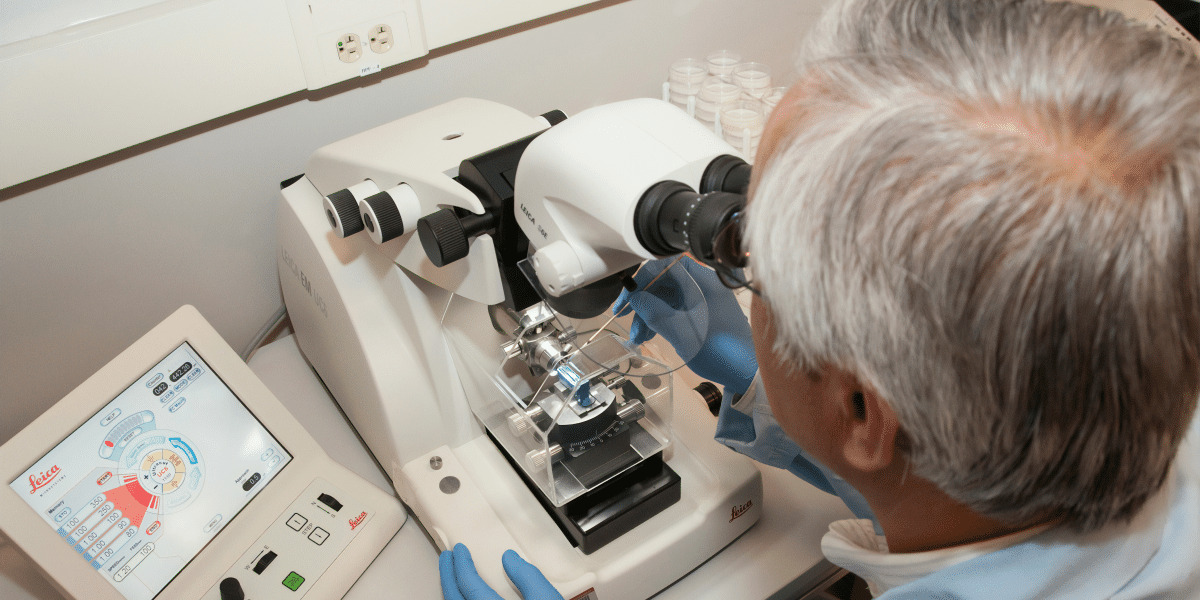Like an Angel: How Ms World Helps Participants Embrace Themselves
In a society that often emphasizes superficial beauty, the MS World competition is a transformative experience that encourages participants to embrace their true selves. With its core philosophy centered around inner beauty and social responsibility, Ms World provides a unique platform for contestants to showcase their physical appearance and best qualities. One of the significant events in the competition is the “Angel Photoshoot,” a captivating experience that allows participants to express their inner beauty powerfully.
At the heart of the MS World competition is the belief that true beauty goes beyond what is seen on the surface. The event promotes the idea that kindness, resilience, and compassion are integral to a person’s beauty. Through workshops, seminars, and activities, contestants are encouraged to explore their inner selves and recognize their unique attributes. This focus on character lays the groundwork for a profound transformation that many participants experience throughout the competition.
The “Angel Photoshoot” serves as a pivotal moment in this journey. During this event, contestants don angelic attire, symbolizing purity and grace. However, the essence of the photoshoot is not merely about looking beautiful; it is about capturing each participant’s inner light. The camera becomes a tool for expressing individuality, allowing contestants to embody their best selves.
Leading up to the Angel Photoshoot, contestants engage in various personal development workshops to encourage self-acceptance and self-love. These sessions, often facilitated by experienced coaches and mentors, play a crucial role in helping participants identify their strengths and embrace their individuality.
One of the impactful aspects of this process is the emphasis on vulnerability. Contestants share personal stories, challenges, and triumphs in a supportive environment. This openness fosters camaraderie and understanding among the participants, allowing them to build meaningful connections. By sharing their experiences, contestants learn that they are not alone in their struggles and that their journeys are valid and valuable.
As they prepare for the photo shoot, participants are guided to let go of societal expectations and instead focus on what makes them unique. This journey of self-discovery empowers them to embrace their flaws and celebrate their strengths, creating a profound shift in self-perception.
The Angel Photoshoot is a defining moment for many contestants, as it allows them to express their newfound confidence and self-acceptance. Each participant poses for the camera, embodying the essence of an angel while simultaneously showcasing their individuality. This experience often leads to a sense of liberation, with participants feeling empowered to be themselves without fear of judgment. The photographs captured during the shoot are stunning visuals; they represent a significant transformation. Contestants leave the photoshoot with images that reflect their inner beauty, and these photographs serve as a lasting reminder of their journey toward self-acceptance. Many participants report that this experience has a profound and lasting impact on their self-esteem, influencing how they carry themselves daily.

Photo Courtesy: MS World
Ms World prides itself on celebrating diversity, and the Angel Photoshoot exemplifies this commitment. Contestants hail from different backgrounds, cultures, and experiences, each bringing a unique perspective to the competition. This diversity enriches the experience for everyone involved as participants learn from one another and broaden their understanding of beauty.
During the photoshoot, contestants are encouraged to express their cultural identities through poses and expressions. This celebration of uniqueness allows participants to showcase their heritage while embracing the universal theme of beauty that transcends borders. In doing so, they create an inclusive environment where every individual’s story is valued and respected.
The Ms World competition, through events like the Angel Photoshoot, empowers participants to embrace themselves fully. By focusing on inner beauty and personal growth, the competition provides a platform for women to showcase their best qualities and inspire others to do the same.
As contestants leave the stage and return to their communities, they carry the lessons learned during this transformative journey. They become ambassadors of self-acceptance, encouraging others to recognize their beauty and strength. In a world that often prioritizes external appearances, the Miss World competition and its emphasis on inner beauty serve as a potent reminder and promoter of the fact that true beauty comes from within.
Through the lens of an angel, participants not only find their voices but also inspire countless others to embrace their true selves.
In a society that often emphasizes superficial beauty, the MS World competition is a transformative experience that encourages participants to embrace their true selves. With its core philosophy centered around inner beauty and social responsibility, Ms World provides a unique platform for contestants to showcase their physical appearance and best qualities. One of the significant events in the competition is the “Angel Photoshoot,” a captivating experience that allows participants to express their inner beauty powerfully.

Photo Courtesy: MS World / Art Futur Miami Photography (Kolesnikova Aleksandra)
At the heart of the MS World competition is the belief that true beauty goes beyond what is seen on the surface. The event promotes the idea that kindness, resilience, and compassion are integral to a person’s beauty. Through workshops, seminars, and activities, contestants are encouraged to explore their inner selves and recognize their unique attributes. This focus on character lays the groundwork for a profound transformation that many participants experience throughout the competition.
The “Angel Photoshoot” serves as a pivotal moment in this journey. During this event, contestants don angelic attire, symbolizing purity and grace. However, the essence of the photoshoot is not merely about looking beautiful; it is about capturing each participant’s inner light. The camera becomes a tool for expressing individuality, allowing contestants to embody their best selves.
Leading up to the Angel Photoshoot, contestants engage in various personal development workshops to encourage self-acceptance and self-love. These sessions, often facilitated by experienced coaches and mentors, play a crucial role in helping participants identify their strengths and embrace their individuality.
One of the impactful aspects of this process is the emphasis on vulnerability. Contestants share personal stories, challenges, and triumphs in a supportive environment. This openness fosters camaraderie and understanding among the participants, allowing them to build meaningful connections. By sharing their experiences, contestants learn that they are not alone in their struggles and that their journeys are valid and valuable.
As they prepare for the photo shoot, participants are guided to let go of societal expectations and instead focus on what makes them unique. This journey of self-discovery empowers them to embrace their flaws and celebrate their strengths, creating a profound shift in self-perception.
The Angel Photoshoot is a defining moment for many contestants, as it allows them to express their newfound confidence and self-acceptance. Each participant poses for the camera, embodying the essence of an angel while simultaneously showcasing their individuality. This experience often leads to a sense of liberation, with participants feeling empowered to be themselves without fear of judgment. The photographs captured during the shoot are stunning visuals; they represent a significant transformation. Contestants leave the photoshoot with images that reflect their inner beauty, and these photographs serve as a lasting reminder of their journey toward self-acceptance. Many participants report that this experience has a profound and lasting impact on their self-esteem, influencing how they carry themselves daily.
Ms World prides itself on celebrating diversity, and the Angel Photoshoot exemplifies this commitment. Contestants hail from different backgrounds, cultures, and experiences, each bringing a unique perspective to the competition. This diversity enriches the experience for everyone involved as participants learn from one another and broaden their understanding of beauty.
During the photoshoot, contestants are encouraged to express their cultural identities through poses and expressions. This celebration of uniqueness allows participants to showcase their heritage while embracing the universal theme of beauty that transcends borders. In doing so, they create an inclusive environment where every individual’s story is valued and respected.
The Ms World competition, through events like the Angel Photoshoot, empowers participants to embrace themselves fully. By focusing on inner beauty and personal growth, the competition provides a platform for women to showcase their best qualities and inspire others to do the same.
As contestants leave the stage and return to their communities, they carry the lessons learned during this transformative journey. They become ambassadors of self-acceptance, encouraging others to recognize their beauty and strength. In a world that often prioritizes external appearances, the Miss World competition and its emphasis on inner beauty serve as a potent reminder and promoter of the fact that true beauty comes from within.
Through the lens of an angel, participants not only find their voices but also inspire countless others to embrace their true selves.
Published by: Khy Talara



